Nagoya
Nagoya City is the capital of Aichi Prefecture of Japan, which is located between Tokyo (2 hours) and Osaka/Kyoto (1 hour). The Nagoya–Aichi area is the third largest metropolitan in Japan and has a long history with many epoch-making events that happened especially in the 15th and 16th centuries.
Nagoya Castle and the central city area were built by Shogun Tokugawa Ieyasu in the 16th century, who established the over 260 year-long Edo period. Unfortunately the original castle was destroyed in the World War II but it was rebuilt after the war. The castle park and other historic gardens, shrines, and temples await your visit.
In addition to popular Japanese foods such as sushi, much Nagoya cuisine is favored by visitors. One of the most popular dishes is hitsumabushi, broiled eel served on rice. Other dishes worth trying include miso-katsu (deep-fried pork with miso source) and miso-nikomi udon (udon noodles in piping hot miso soup) are also worth to try.
This area is also known as industry cities. For example, Toyota Motor Corporation or Toyota is headquartered in Toyota City, Aichi. Hamamatsu Photonics, doubtlessly one of the most important Japanese companies for cosmic-ray physicists, is also headquartered in an adjacent prefecture, Shizuoka.
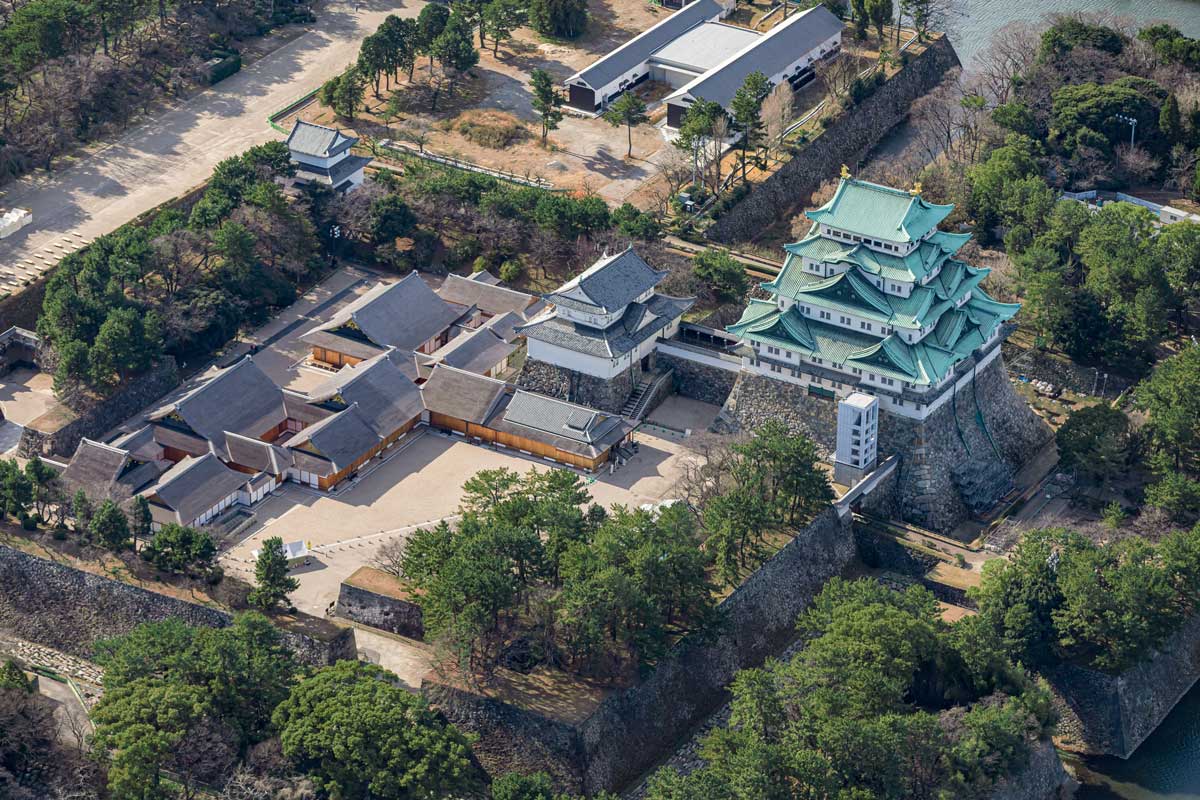
Nagoya Castle © Nagoya Convention & Visitors Bureau
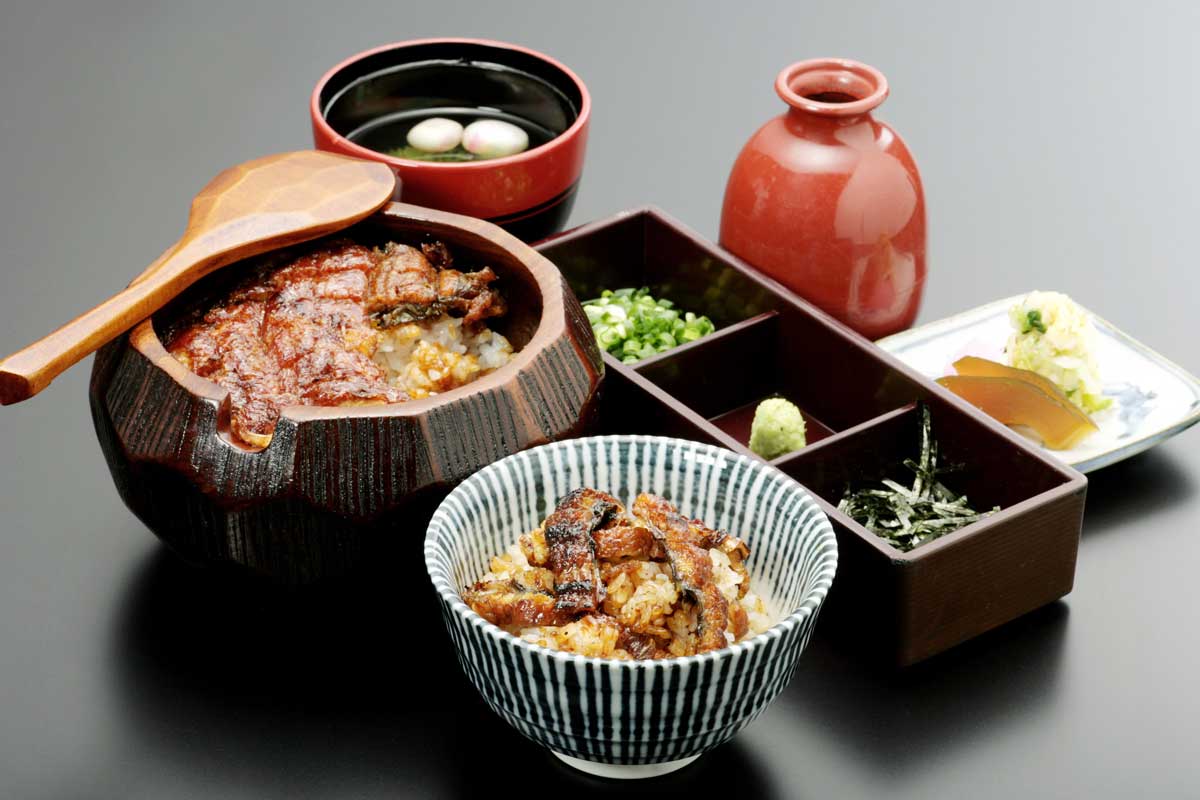
Hitsumabushi © Nagoya Convention & Visitors Bureau
Conference Venue
All the parallel and plenary sessions will be held at the Higashiyama Campus of Nagoya University. Five large conference halls and small meeting rooms on the campus will be used. They are located within a maximum distance of 300 meters.
info_outline
Please note that Nagoya University has two campuses; Higashiyama Campus and Tsurumai Campus. ICRC2023 will be held at the Higashiyama Campus.
- Toyoda Auditorium Hall
- Engineering and Science Building Hall
- Noyori Conference Hall
- Sakata–Hirata Hall
- Environmental Studies Lecture Hall
Nagoya University (NU) was founded in 1939 as the seventh and last Imperial University (the forerunner medical school and hospital were founded in 1871). Physics is one of the most active research fields at NU. As of 2021, three NU alumni and a professor have won the Nobel Prize in Physics. You can find two of them, Profs. Hidetoshi Maskawa and Makoto Kobayashi, on the windows of the Engineering & Science (ES) Building (see the third photo below). Sakata–Hirata Hall was named after Prof. Shoichi Sakata, who is known for the Sakata model and the Maki–Nakagawa–Sakata matrix, and was the supervisor of Profs. Maskawa and Kobayashi at NU.
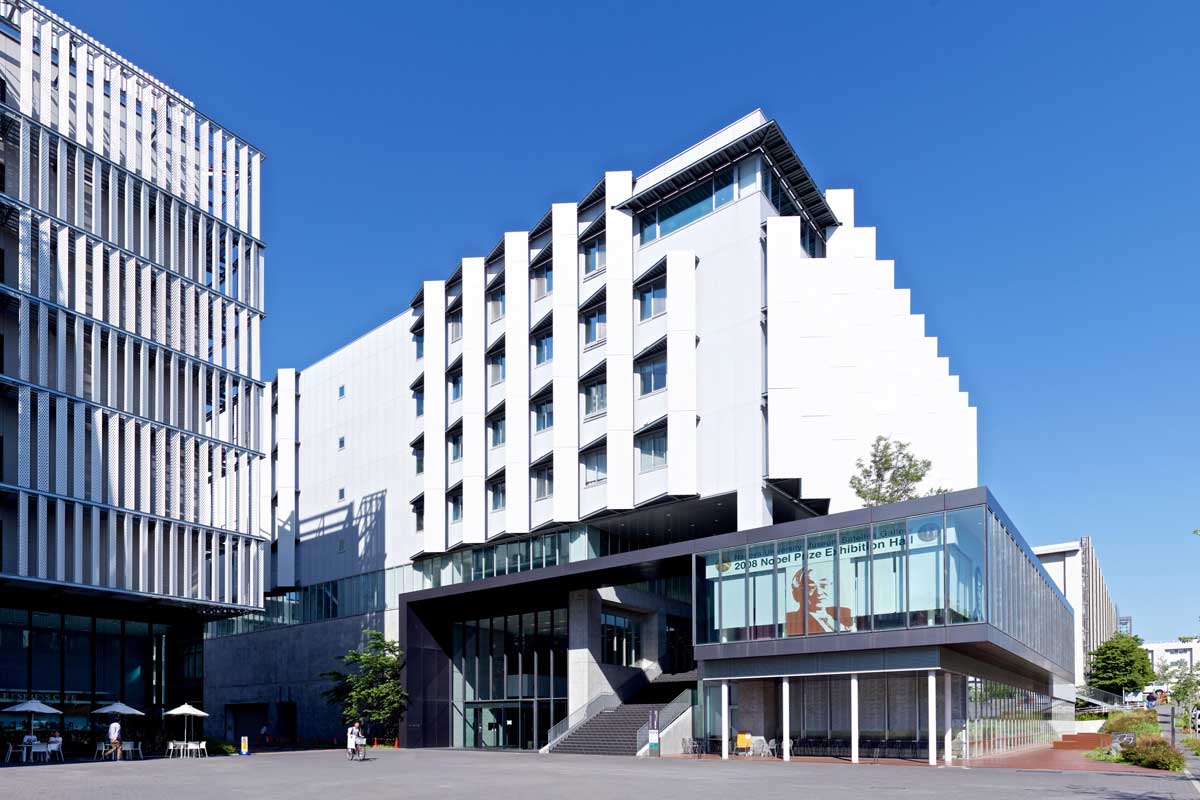
Engineering & Science (ES) Building
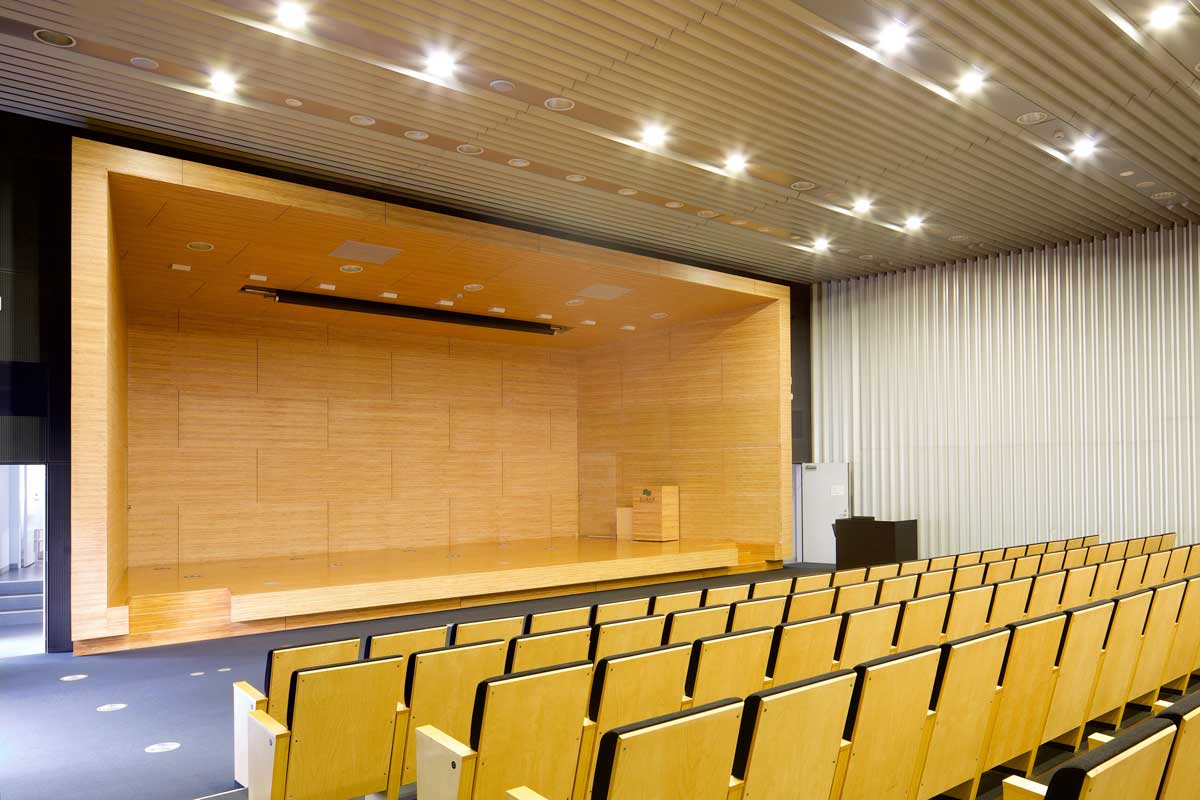
Noyori Conference Hall 2F
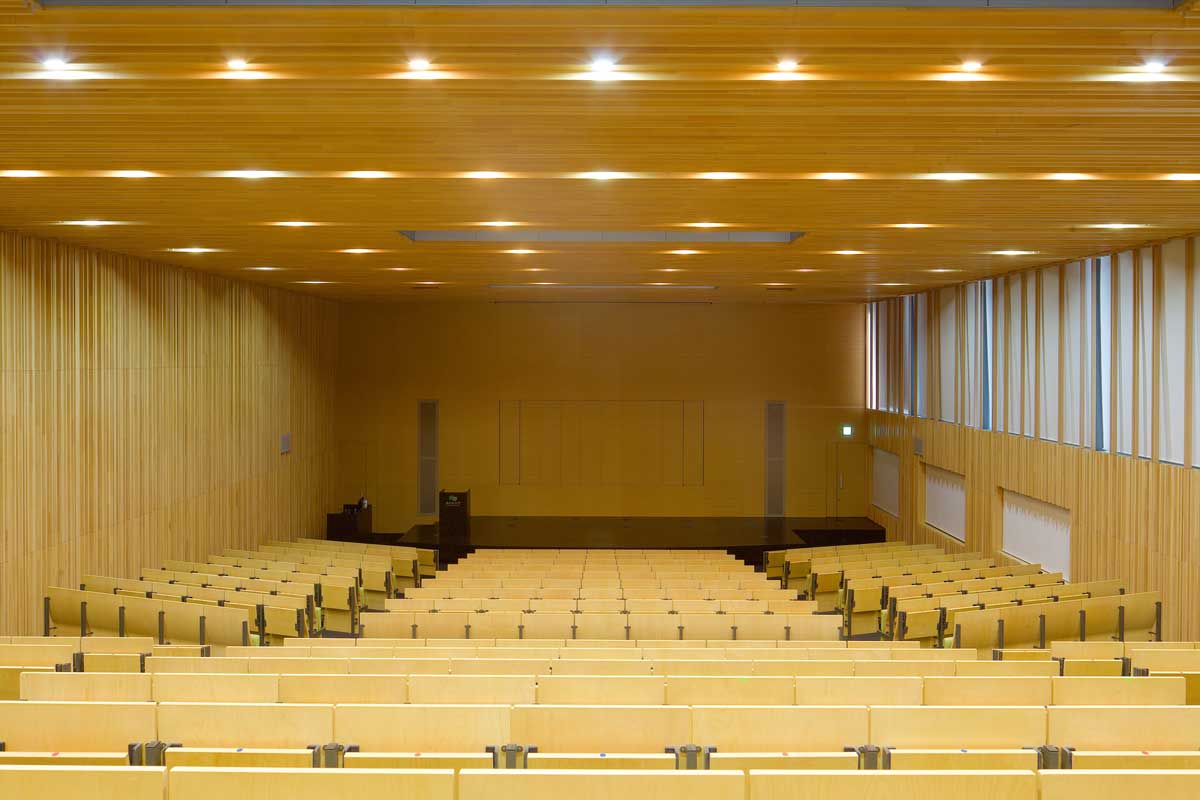
Sakata–Hirata Hall (Science South 1F)
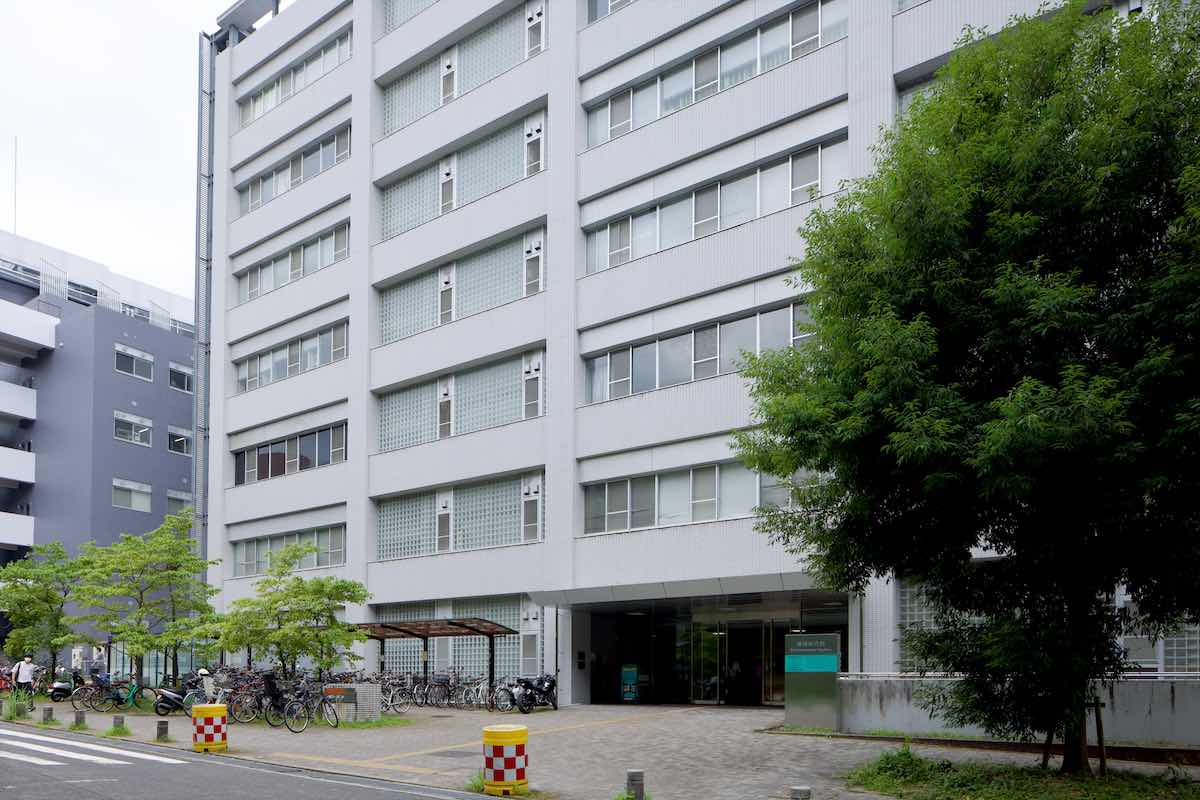
Environmental Studies Building
Lunch
There are several canteens, restaurants, and cafes on the campus or nearby places where you can have lunch of your choice (please scroll down and check the campus map). You can also find inexpensive restaurants around Motoyama Station if you do not care about the afternoon poster sessions (please care!).
The lunch break is only 80 minutes long. About 1000 on-site participants may not be able to smoothly order foods at the on-site canteens or restaurants.
Lunch Tickets
A limited number (~250) of special lunch dishes can be purchased without a reservation on the 2nd floor of the South Cafeteria, except on Sunday. Only Japanese cash (JP Yen) is accepted there. Daily tickets for these lunches will also be sold at the registration desk on the 1st floor of the Toyoda Auditorium until 11:00 every morning, where payment by credit card is also accepted.
Please note that all the cafeterias and shops on campus will be closed on Saturday, July 29, except for the South Cafeteria, the North Cafeteria (Hokubu Shokudo), and the Universal Club on the 2nd floor of the Toyoda Auditorium.
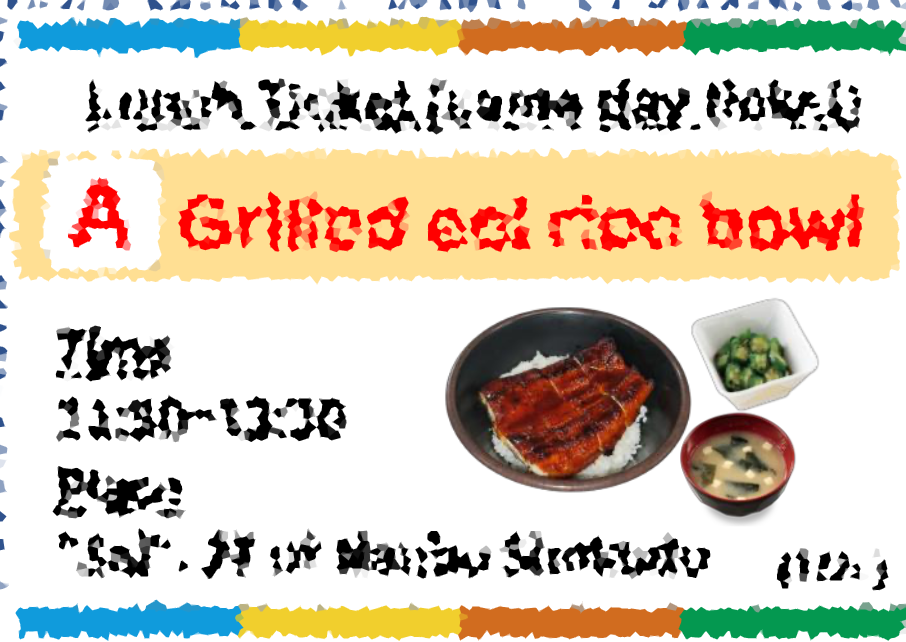
Ticket A: Grilled eel rice bowl 1,500 JPY
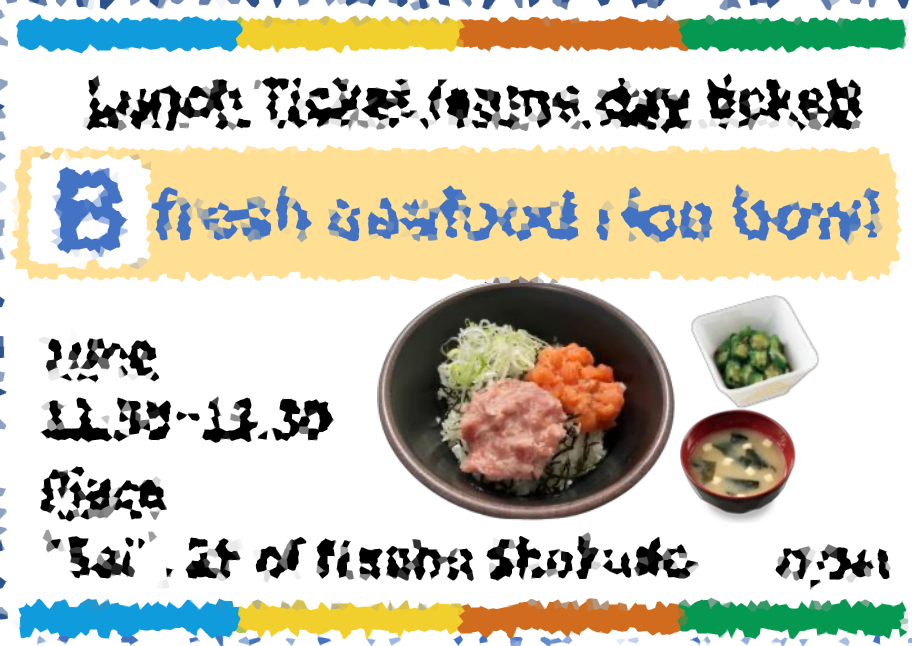
Ticket B: Fresh seafood rice bowl 1,000 JPY
Free Meal at the Diversity Session
If you plan to join our Diversity Session to be held during the lunch break on Friday, July 28, you do not need to worry about lunch. A free light meal will be served to the attendees in Toyoda Auditorium before the session begins.
Ordering Lunch Boxes
Due to the large number of on-site participants, we recommended our conference lunch box reservation service on AMARYS My Page. However, due to pre-orders and logistics, we had to close it on July 10.
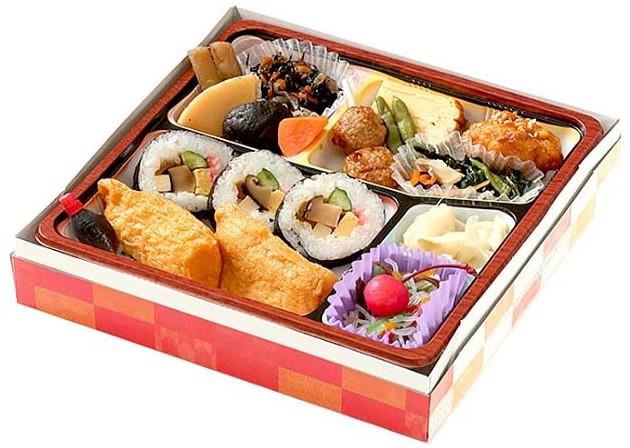
Lunch box example 1
(Regular 1400 JPY)
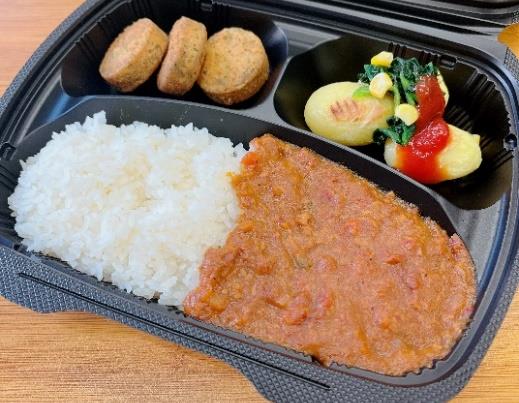
Lunch box example 2
(Veggie 1400 JPY)
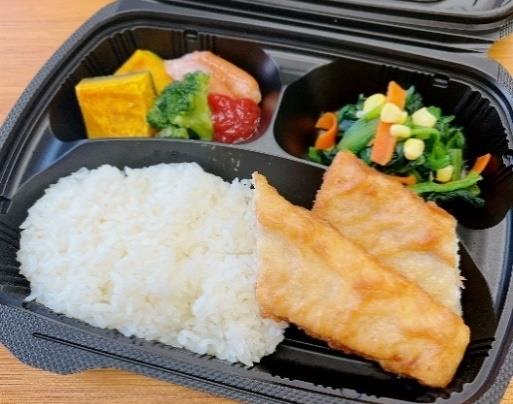
Lunch box example 3
(Halal 1400 JPY)
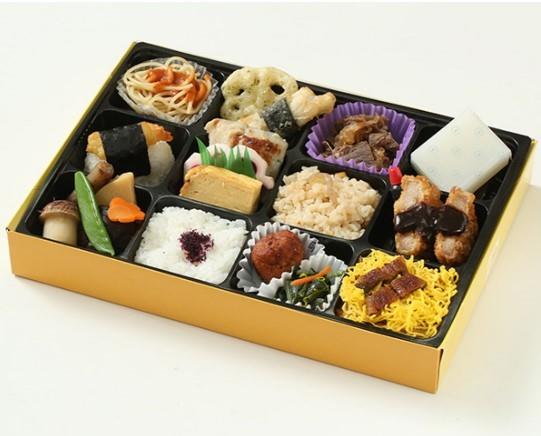
Lunch box example 4
(Delux 2300 JPY)
Wi-Fi
If you have an eduroam account issued by your university or institute, the eduroam Wi-Fi network is available almost everywhere on campus. For those who do not have an eduroam account, the LOC provides a guest Wi-Fi account at the reception desk to connect to the Nagoya University network (the area coverage is the same).
You can also use a prepaid SIM network service such as GigSky outside the campus. The price of the 1 GB, 7 days plan is 1199 JPY.
Free Wi-Fi services are available in limited places in large cities, touristic places, and airports in Japan. However, the connection is not very stable and the area coverage is limited. In Nagoya “Nagoya Free Wi-Fi” is provided probably by Nagoya City.
Of course most of hotels provide free Wi-Fi in your rooms.
Flight
- Chubu Centrair International Airport (NGO)
- About 1 hour to the venue
- Recommended for most participants from abroad but the number of flight routes and frequency are limited
- KIX or HND flights are recommended if a direct flight to NGO cannot be found
- Centrair (central + air) is pronounced as like “sent lair” by the Japanese
- Kansai International Airport (KIX)
- About 3 hours to the venue
- More routes available and if you plan to visit the Kansai (Osaka/Kyoto/Nara/Kobe) area.
- Also known as Kan-ku
- Tokyo International Airport (HND)
- About 3 hours to the venue
- More routes available and if you plan to visit the Tokyo area
- Also known as Haneda Airport
- Connection flights to NGO are available
- Narita International Airport (NRT)
- About 4 hours to the venue
- More routes available and if you plan to visit the Tokyo area
- Haneda Airport is more convenient, but Narita flights are usually bit cheaper
- Connection flights to NGO are available
- Fukuoka Airport (FUK)
- About 4.5 hours to the venue
- Only if you plan to visit the Hakata/Kyushu area
- Connection flights to NGO are available
Currency
The currency used in Japan is the Japanese Yen (円, ¥). The exchange rates are about 100 JPY = 0.72 USD = 0.64 = 5.2 CNY, as of July 16.
Many shops and stores (e.g., convenience stores, supermarkets, and large restaurants) accept credit cards, but small shops and restaurants still accept only cash. Please also note that single-ride tickets at trains stations must be purchased by cash, if you do not have a prepaid card (read Trains and Subways for prepaid cards) .
Please also note that credit cards are not accepted at several University canteens and restaurants. If you have not ordered ICRC lunch boxes, you may have to pay for your lunch in cash.
We recommend the ICRC participants to bring some cash in Japanese Yen dependeing on their travel plans.
You can find a Travellex office near Sakae Station and Nagoya Station, but not near Nagoya University. Instead, there is a post office in front of Nagoya Daigaku Station, where you can withdraw cash from the ATMs.

Available cashing cards at the postal office ATMs.p
COVID-19
In Japan, the legal treatment of COVID-19 was changed in May 2023, and now it is no longer necessary to have a negative COVID-19 test result or vaccination certificate for travelers and returnees. The government no longer requires the public to take infection control measures. Since May 2023, people are advised to take basic infection control measures (hand washing, ventilation, etc.), taking into account the need for such measures, economic and social feasibility, and sustainability. Masks are not mandatory.
We recommend that you check the website of the Ministry of Foreign Affairs for information on immigration measures before your departure.
We will provide the latest information here.
Have a safe trip and see you in Nagoya!
Please read
As of Jan 2023, it is still strongly recommended to wear a mask in public places in Japan. This is not by law but by the social atmosphere.
It is required for all travelers to show a third-shot vaccination certificate or a negative PCR test result at the border control. However, this rule might be eased before ICRC2023 because the Japanese government is reportedly reviewing the level of COVID-19 protection rules, which will be less stringent in May 2023.
Maps & Directions
Campus Map
Open this link on your phone to view the above map in the Google Mpas app.
You can also download a few official maps of Nagoya University.
Nagoya Map
Trains and Subways
There are several different companies and organizations that operate trains and subways in Nagoya and surrounding areas, which is bad news because they usually display their own route maps only at their stations. However, good news is that the ticketing and payment system is unified. If you get a prepaid card, you can use it for any train and subways lines with the fast touch payment system. You can also use it for buses and payments at many supermarkets and convenience stores.
If you purchase a prepaid card at Chubu Centrair International Airport, the card is called manaca. Even though the payment system network is almost unified, the card is called Suica or PASMO in Tokyo and ICOCA in Osaka, because issuers are different. For example, you can use Suica also in Nagoya. It is strongly recommended to purchase a prepaid card after entering Japan and to check how to refund the balance.
The bullet train, Shinkansen, connecting Tokyo, Shinagawa, Nagoya, Kyoto, and Osaka is operated by Japan Railway (JR). The train line connecting Chubu Centrair International Airport and Nagoya Station is operated by Nagoya Railroad (Meitetsu). The subway lines (Higashiyama Line and Meijo Line) connecting Nagoya Station and Nagoya University are operated by Nagoya City.
After arriving at Nagoya Station, you will use the Nagoya subway lines everyday. The most important ones are the Higashiyama Line and Meijo Line.
The Higashiyama Line has a symbol color of dark yellow and it connects Nagoya (H08), Fushimi (H09), Sakae (H10), and Motoyama (H16) Stations (from West to East).
H
08
Nagoya Station
H
09
Fushimi Station
H
10
Sakae Station →
H
16
Motoyama Station
The Meijo Line is the purple loop line connecting Motoyama Station and Nagoya Daigaku (Nagoya University) Station that is the nearest station to the conference venue.
M
17
Motoyama Station →
M
18
Nagoya Daigaku Station
Directions to Nagoya University
- From Chubu Centrair International Airport via Nagoya Station (1–1.5 hours, 1520 JPY with a reserved seat)
- Head to the airport’s Access Plaza and look for the Meitetsu Railway ticket counter or ticket machines.
- Purchase a ticket or use a prepaid IC card for the Meitetsu Airport Line (μSky Limited Express or Limited Express) bound for Nagoya Station. The journey takes approximately 28-40 minutes, depending on the train service. Note that you have to purchase a “μ ticket” to use a reserved seat (μSky Limited Express is reserved seats only).
- Arrive at Nagoya Station and exit the Meitetsu Railway area.
- Enter the Nagoya City Subway area and follow Step 3.
- From Chubu Centrair International Airport via Kanayama Station (1–1.5 hours, 1460 JPY with a reserved seat)
- Head to the airport’s Access Plaza and look for the Meitetsu Railway ticket counter or ticket machines.
- Purchase a ticket or use a prepaid IC card for the Meitetsu Airport Line (μSky Limited Express or Limited Express) bound for Nagoya Station. The journey takes approximately 25–35 minutes, depending on the train service. Note that you have to purchase a “μ ticket” to use a reserved seat (μSky Limited Express is reserved seats only).
- At Kanayama Station (M01), transfer to the Nagoya City Subway. Locate the platform of the Meijo Line (purple line) bound for Aratama-bashi (NOT Nagoya Port). The ride should take around 13–15 minutes.
- Exit the Nagoya Daigaku Station (M18) from Exit 2 and you will be able to find the Toyoda Auditorium easily.
- From Nagoya (H08), Sakae (H09), or Fushimi (H10) Stations (30 min, 270 JPY)
- Locate the Higashiyama Line (yellow line) platform, bound for Fujigaoka.
- Board the Higashiyama Line train and ride for 7, 6, or 5 stops.
- Transfer to the Meijo Line (Purple Line) at Platform 4 of Motoyama Station (H16/M17), bound for Yagoto.
- Board the Meijo Line train and ride for 1 stop.
- Exit the Nagoya Daigaku Station (M18) from Exit 2 and you will be able to find the Toyoda Auditorium easily.
Accommodations
There are many hotels in Nagoya with a wide range of prices. If you do not have a strong preference, we recommend hotels near Nagoya, Fushimi, and Sakae stations or ones close to Imaike Station with a price range around 10000–15000 JPY/night (100 JPY is about 0.76 USD or 0.71 EUR as of January 2023). The areas around these stations offer a variety of food options and it is easy to commute to Nagoya University every day (30–40 min).
Please note that the subway cars between Nagoya Station and Sakae Station are very crowded in 8:00–9:00 AM due to high commuter demand. You can avoid this by taking the subway from Sakae Station. It is also a good idea to consider the distance between your hotel and the nearest subway station, because it is hot even in the morning and evening in Nagoya during the conference period.
Eight selected hotels are already pre-booked by JTB for ICRC participants. You can find their locations in the above embedded Google map. Information on these hotels and booking procedure are available on AMARYS from which you can make room reservations. Please note that the welcome reception on July 26 (Wed) and the banquet on August 1 (Tue) will be held at Hilton Nagoya.
If you are interested in staying at a traditional Japanese style hotel, ryokan, which is equipped with futon and tatami, please Google “ryokan Nagoya” yourself (but there are not many choices in Nagoya unfortunately).
In addition to global hotel booking services such as booking.com and hotels.come, there are similar services that are operated by Japanese companies. If you are looking for less expensive hotels, they might offer you lower-price candidates (5000 JPY/night).
Weather
Nagoya
It is the hottest summer season in Nagoya during the conference period. The average high temperature is 32 ℃. However, it should be noted that the perceived temperature can be higher due to the high humidity and that the highest temperature in August 2018 was 40.3 ℃. Towels are a must.
In addition to the high temperature, the chance probability of rain is not low. There will be frequent showers and sometimes downpours in the afternoon, as the humid atmosphere rises after strong sunshine. We advise you to always bring a folding umbrella with you.
Please let us emphasize again that it will be hot. Since there is no dress code for the conference or the banquet, please dress cool.

The daily average high (red line) and low (blue line) temperature, with 25th to 75th and 10th to 90th percentile bands. The thin dotted lines are the corresponding average perceived temperatures.
© WeatherSpark.com

The percentage of days in which various types of precipitation are observed, excluding trace quantities: rain alone, snow alone, and mixed (both rain and snow fell in the same day).
© WeatherSpark.com
Sightseeing
For general tourist information about Nagoya, please visit the following website.
https://www.nagoya-info.jp/en/
Information on Nagoya’s famous sights and sightseeing tours will be available at the venue’s tour desk inside the Toyoda Auditorium. You can apply for various sightseeing tours at the following website.
https://www.sunrise-tours.jp/en/
The tour desk will also provide information on how to get to each of the sights. Please stop by.
Some popular places are marked in the embedded Google map in this page for your convenience. Please scroll up.
Visa Application
If you need a visa to enter Japan, JTB will assist you for a smooth visa application process with a handling fee of 14,000 JPY (excluding tax). Please first read “Registration Application Procedures” > “For those who need a visa to enter Japan” on AMARYS, complete a conference registration on the same system, and then contact the JTB visa team by E-mail at closed. The LOC will write an invitation letter for each application.